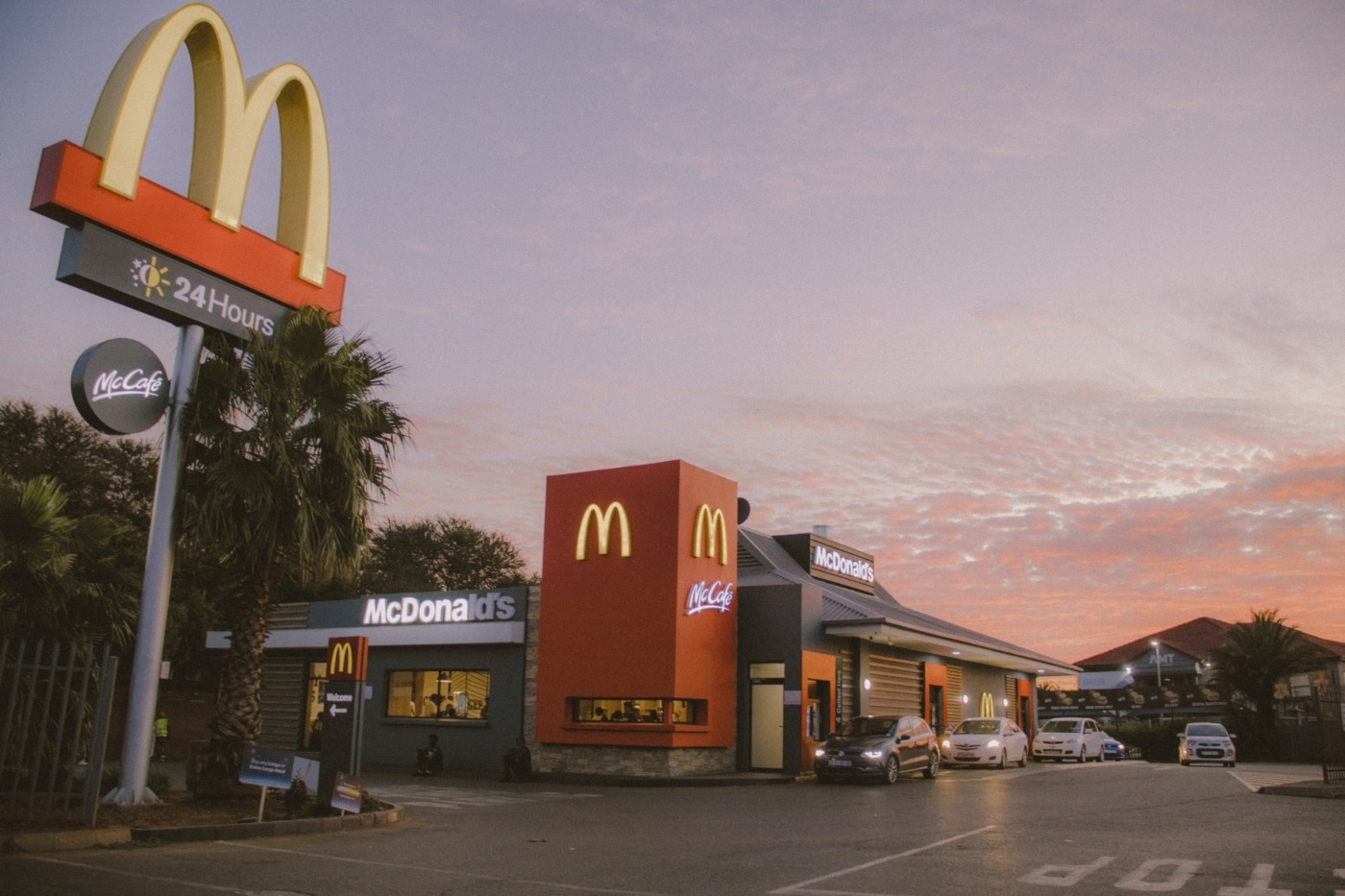The story of McDonald’s
Is there anyone reading this who has never been to a McDonald’s? We may think of fast-food restaurants as everywhere, but they grew from incredibly humble origins to become a global food industry. In the first instalment of ‘Fast-Food Finance’, here’s a look at the history of McDonald’s.
Three figures helped give birth to McDonald’s. Two of them are the McDonald brothers, Richard (Dick) and Maurice, although the food wasn’t their initial ambition. They came to California hoping to make it big in the entertainment industry and saved the little they made doing grunt work on silent film sets to open a movie theatre. It opened in 1930, just as the Great Depression took hold, and it lasted seven years before the brothers closed the doors. Their next business venture – the food industry.
Our whole concept was based on speed, lower prices and volume
They opened a McDonald’s Barbeque stand in San Bernardino, California and quickly realized that burgers were the best-sellers, contributing to 80% of sales. They scrapped their working formula, ditching everything that hadn’t been popular on their old 25-item menu and doing away with carhops. People were expected to get out of their cars and order at the counter – an unusual model in 1948 – and people weren’t happy. They halved the price of hamburgers to 15 cents, and prepared their food ahead of time, keeping it warm under high-powered heat lamps. This was a very novel concept at the time. As Richard said: “Our whole concept was based on speed, lower prices and volume.” With labour costs slashed and revenue growth up to $350,000 a year by the early 1950s, the McDonald brothers saw their profits soar.
This is where the other founder, Ray Kroc, comes in. He didn’t understand why the brothers needed eight of his Multi-Mixers, capable of making 48 milkshakes at once, for a single location, so he visited the first McDonald’s restaurant in 1954. Kroc was so impressed by the efficiency of their operation that he pitched his vision of creating McDonald’s restaurants across the USA. However, as Lisa Napoli (who has written a book, Ray & Joan, about the founding story) notes: “They didn’t want to expand; their life was great. They were buying new Cadillacs every year. They were working hard in their McDonald’s restaurant. But they knew if they sold out that they would be working even more than they were now, and that they wouldn’t be able to maintain the quality that they’d achieved in their restaurant. They were ambitious enough, but they weren’t hyper-ambitious to dominate the world.”
This is not to claim that the brothers did not expand – by the time they met Kroc, they had between 6-20 other locations in Arizona and California. But Kroc saw the nationwide potential – in 1955, he formed the McDonald’s Corporation and opened his own franchised restaurant in Des Plaines, Illinois. The franchiser only took 1.9% of the gross sales, of which the McDonald brothers got 0.5%. However, as operations grew, the relationship between Kroc and the McDonalds was often strained – the brothers were hesitant about shouldering the extra burden of franchising the restaurant throughout the country, but Kroc saw no reason that it should be any less successful in other states.
In 1956, Kroc met Harry J. Sonneborn, a former VP of finance for Tastee-Freez, who had an idea to accelerate the growth and investment grade of the planned operation – owning the real estate on which the franchises were built. As Napoli notes, Kroc didn’t have the right scheme to make the company grow, and he enlisted Sonneborn to realise this plan – the new company signed leases and took out mortgages for both lands and buildings, then passed these costs on to the franchisee with a 20-40% markup and a reduced initial deposit of $950. The Sonneborn model persists to this day, and McDonald’s currently has real-estate holdings of around $37.7bn.
Kroc realised that to move ahead, he needed to buy the McDonald brothers out. They demanded $2.7m (money found in the end by Sonneborn), and they stepped back when they were paid that money in 1961. In an interview, he said: “I needed the McDonald name and those golden arches. What are you going to do with a name like Kroc?” However, he wasn’t happy that the deal excluded the original San Bernardino location – Kroc opened a new McDonald’s a block away, and was delighted to run the hamburger stand (renamed ‘The Big M’) out of business. Both brothers eventually died from heart failure – Maurice in 1971 (aged 69) and Richard in 1988 (aged 89).
Nowadays, it boasts more than 36,000 restaurants in over 100 nations
Now in charge, Kroc made some changes – he remodelled the golden arch design, and he created a new story of McDonald’s that made him the original founder. In 1963, the mascot Ronald McDonald was born in a number of TV commercials, intended to appeal to children. He approved a number of new menu items, including the Fillet-O-Fish, the Egg McMuffin and the Big Mac. His vision was that there would be 1,000 McDonald’s solely in the USA, but the company continued to expand – it opened in international markets, beginning with the 1967 openings of restaurants in Canada and Puerto Rico. Nowadays, it boasts more than 36,000 restaurants in over 100 nations. Kroc died in 1984, leaving behind a fortune of more than $1bn.
Nowadays, the company employs more than 1.5 million people worldwide and recorded a revenue of around $22bn in 2021. Estimates suggest that the company serves 68m customers each day. A version of the McDonald’s story was told in the 2016 film The Founder, starring Michael Keaton as Kroc, one of the few instances of corporate history being interesting enough to become a major blockbuster. It’s a fascinating story and one that has completely revolutionised the food industry.

Comments